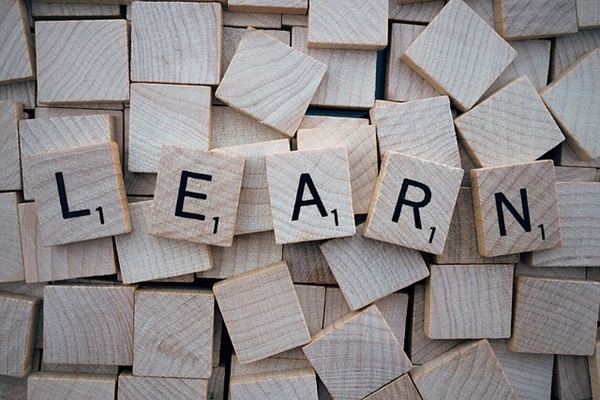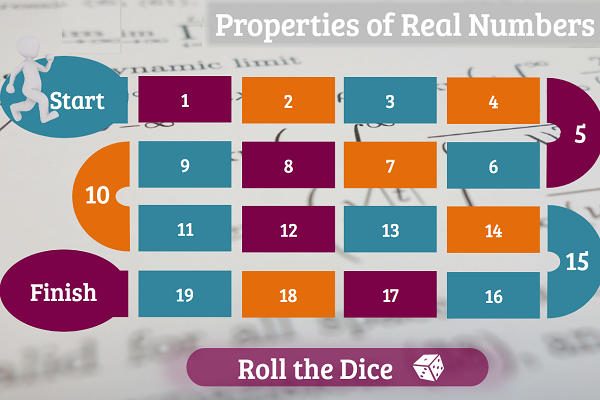Unit 1: Are These Numbers Real?
Unit 1: Are These Numbers Real?

Overviews
Unit 1: Are These Numbers Real?
This unit recalls the relationships between sets of real numbers and the rules involved when working with them.
Unit Focus
Reading Process
Vocabulary Development
- The student will use new vocabulary that is introduced and taught directly.
- The student will listen to, read, and discuss familiar and conceptually challenging text.
Writing Process
- The student will relate new vocabulary to familiar words.
- To develop a personal, organizational style, the student will prewrite using organizational strategies and tools (e.g., technology, spreadsheet, outline, chart, table, graph, Venn diagram, web, story map, plot pyramid).
Algebra Body of Knowledge
- Mathematical Reasoning and Problem Solving
- Use various problem-solving strategies, such as drawing a diagram, making a chart, guessing- and checking, solving a more straightforward problem, writing an equation, working backward, and creating a table.
Decide whether a given statement is always, sometimes, or never factual (statements involving linear or quadratic expressions, equations, inequalities, rational or radical expressions, or logarithmic or exponential functions).
Vocabulary
Continue to the Next Page
Lesson 1: The Set of Real Numbers

Lesson Overview
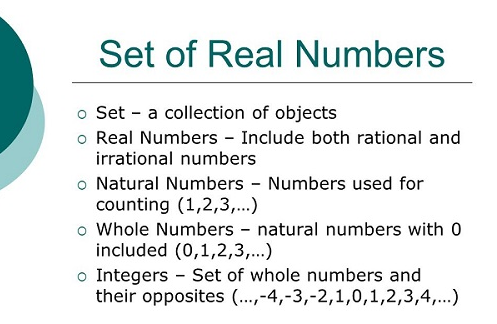
Lesson 1: The Set of Real Numbers
The focus of Algebra I is to introduce and strengthen algebraic skills.
These skills are necessary for further study and success in mathematics.
Algebra I Fosters
- an understanding of the actual number system
- an understanding of different sets of numbers
- an understanding of various ways of representing numbers.
Many topics in this unit will be found again in later units. There is an emphasis on problem-solving and real-world applications.
Lesson One Purpose
Reading Process
- The student will use new vocabulary that is introduced and taught directly.
- The student will listen to, read, and discuss familiar and conceptually challenging text.
- The student will relate new vocabulary to familiar words.
Writing Process Strand
Prewriting
- To develop a personal, organizational style, the student will prewrite using organizational strategies and tools (e.g., technology, spreadsheet, outline, chart, table, graph, Venn diagram, web, story map, plot pyramid).
Mathematical Reasoning and Problem Solving
- Use various problem-solving strategies, such as drawing a diagram, making a chart, guessing- and checking, solving a more straightforward problem, writing an equation, working backward, and creating a table.
- Decide whether a given statement is always, sometimes, or never factual (statements involving linear or quadratic expressions, equations, inequalities, rational or radical expressions, or logarithmic or exponential functions).
Lesson Reading
Continue to the Next Page
Lesson 2: The Order of Operations

Lesson Overview
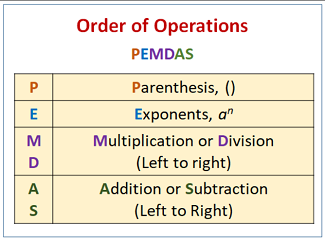
Lesson 2: The Order of Operations
Reading Process
- The student will use new vocabulary that is introduced and taught directly.
- The student will listen to, read, and discuss familiar and conceptually challenging text.
- The student will relate new vocabulary to familiar words.
Algebra Body of Knowledge
Mathematical Reasoning and Problem Solving
- Use various problem-solving strategies, such as drawing a diagram, making a chart, guessing- and checking, solving a more straightforward problem, writing an equation, working backward, and creating a table.
- Decide whether a given statement is always, sometimes, or never factual (statements involving linear or quadratic expressions, equations, inequalities, rational or radical expressions, or logarithmic or exponential functions).
Lesson Reading
Continue to the Next Page
Lesson 3: Algebraic Expressions

Lesson Overview
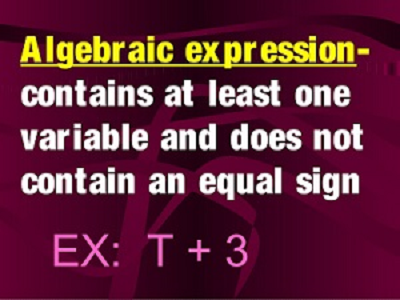
Lesson 3: Algebraic Expressions
Writing Process
Prewriting
- To develop a personal organizational style, the student will prewrite using organizational strategies and tools (e.g., technology, spreadsheet, outline, chart, table, graph, Venn diagram, web, story map, plot pyramid).
Mathematical Reasoning and Problem Solving
- Decide whether a given statement is always, sometimes, or never factual (statements involving linear or quadratic expressions, equations, inequalities, rational or radical expressions, or logarithmic or exponential functions).
Lesson Reading
Continue to the Next Page
Lesson 4: Working with Absolute Value

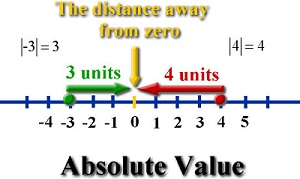
Reading Process Strand
Vocabulary Development
- The student will use new vocabulary that is introduced and taught directly.
- The student will listen to, read, and discuss familiar and conceptually challenging text.
- The student will relate new vocabulary to familiar words.
Algebra Body of Knowledge
Mathematical Reasoning and Problem Solving
- Use various problem-solving strategies, such as drawing a diagram, making a chart, guessing- and checking, solving a more straightforward problem, writing an equation, working backward, and creating a table.
Lesson Reading
Interactives

